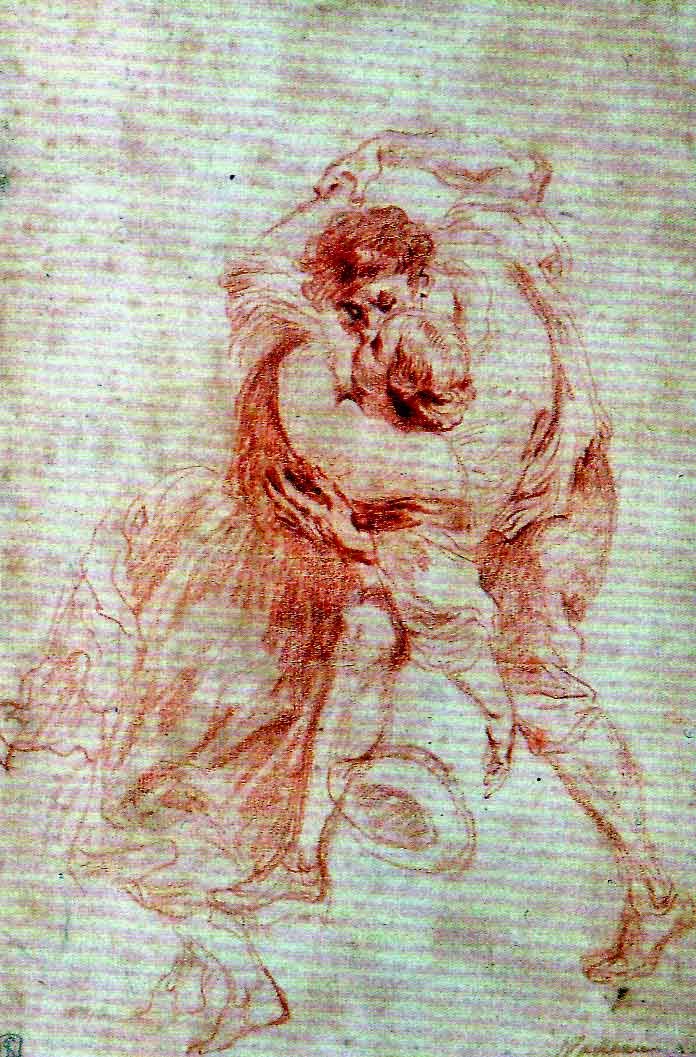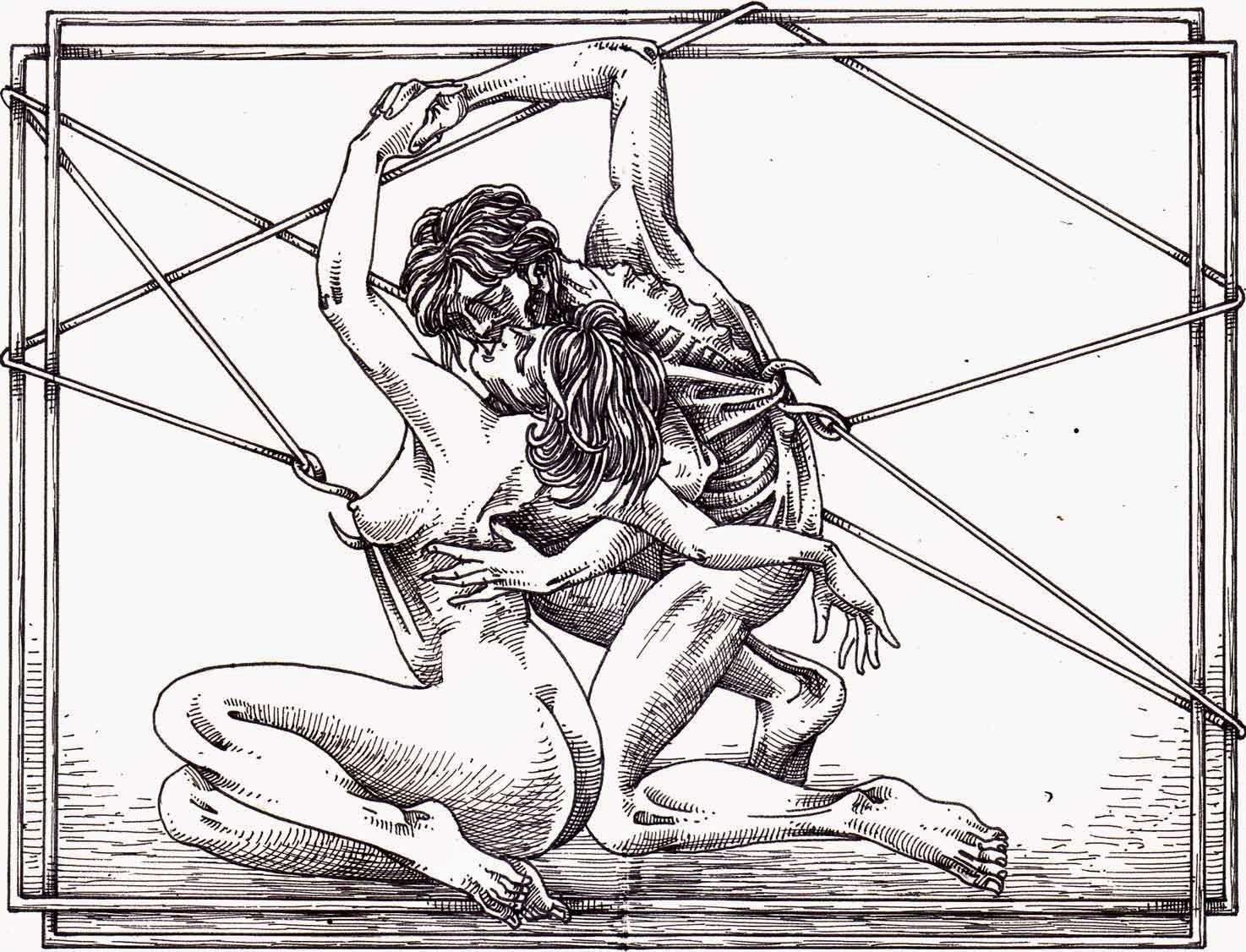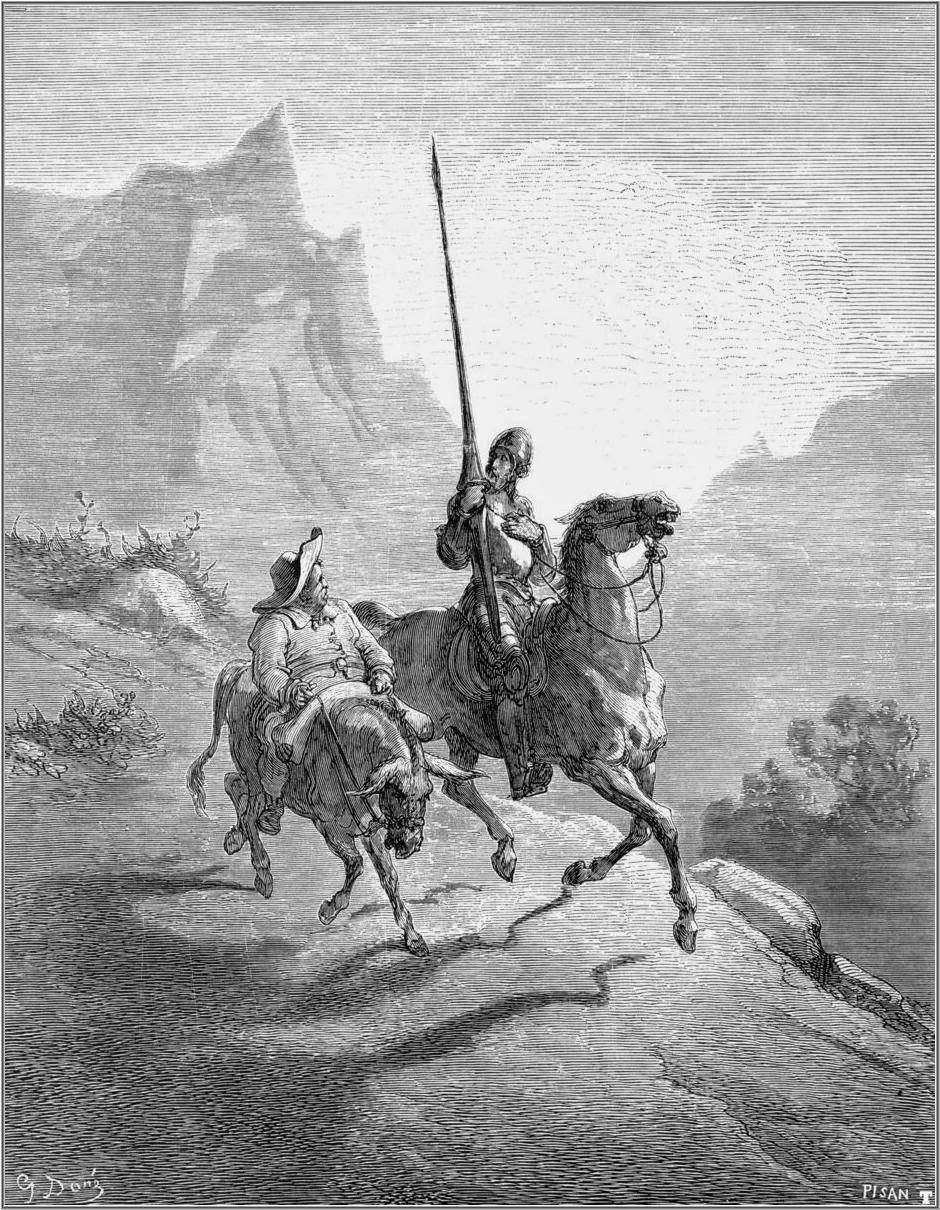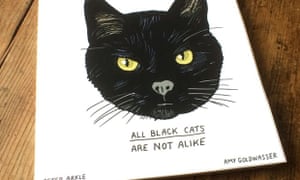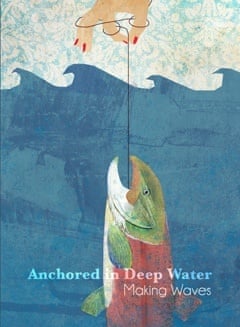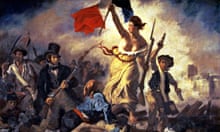When Mexican engraver and painter Eko set out to illustrate our 400th-anniversary commemorative edition of Don Quixote, he decided that the classic iconography made famous by Dalí, Doré, and Picasso was all derivative of itself, and needed to be reinvented. "Artists who have gotten into Don Quixote are not seeing El Quijote: they see other artists making El Quijote. It’s a dialogue that has been several centuries in the making and that is not yet over. I was not interested in entering that tradition."In an interview with Alejandro Toledo on Milenio.com, Eko talks about his process and inspiration in coming up with twenty radically original engravings that recapture the sublime strangeness of Cervantes's classic. Setting aside artistic tradition, Eko began from a direct reading of Don Quixote. A delirious story generated delirious engravings. “The anecdotes are inventions from the character’s fantastic imagination. They are attributed to madness because at that time creation was limited to theology. The creation in Don Quixote is an exercise of a pure creation that inspires us,” Eko says.
Below, take a sneak peek at the first 10 of Eko's original illustrations for the book, along with corresponding excerpts from the John Ormsby translation.
"I would have thee to know, Sancho, that it is the glory of knights-errant to go without eating for a month, and even when they do eat, that it should be of what comes first to hand; and this would have been clear to thee hadst thou read as many histories as I have, for, though they are very many, among them all I have found no mention made of knights-errant eating, unless by accident or at some sumptuous banquets prepared for them, and the rest of the time they passed in dalliance."
He was so positive they were giants that he neither heard the cries of Sancho, nor perceived, near as he was, what they were, but made at them shouting, "Fly not, cowards and vile beings, for a single knight attacks you."
He became so absorbed in his books that he spent his nights from sunset to sunrise, and his days from dawn to dark, poring over them; and what with little sleep and much reading his brains got so dry that he lost his wits. His fancy grew full of what he used to read about in his books, enchantments, quarrels, battles, challenges, wounds, wooings, loves, agonies, and all sorts of impossible nonsense; and it so possessed his mind that the whole fabric of invention and fancy he read of was true, that to him no history in the world had more reality in it.
In a village of La Mancha, the name of which I have no desire to call to mind, there lived not long since one of those gentlemen that keep a lance in the lance-rack, an old buckler, a lean hack, and a greyhound for coursing.
Her name was Aldonza Lorenzo, and upon her he thought fit to confer the title of Lady of his Thoughts; and after some search for a name which should not be out of harmony with her own, and should suggest and indicate that of a princess and great lady, he decided upon calling her Dulcinea del Toboso—she being of El Toboso—a name, to his mind, musical, uncommon, and significant, like all those he had already bestowed upon himself and the things belonging to him.
Presently he broke out again, as if he were love-stricken in earnest, "O Princess Dulcinea, lady of this captive heart, a grievous wrong hast thou done me to drive me forth with scorn, and with inexorable obduracy banish me from the presence of thy beauty. O lady, deign to hold in remembrance this heart, thy vassal, that thus in anguish pines for love of thee." So he went on stringing together these and other absurdities, all in the style of those his books had taught him, imitating their language as well as he could.
![]()
Don Quixote at once asked the landlord what this Master Pedro was, and what was the show and what was the ape he had with him; which the landlord replied, "This is a famous puppet-showman, who for some time past has been going about this Mancha de Aragon, exhibiting a show of the release of Melisendra by the famous Don Gaiferos, one of the best and best-represented stories that have been seen in this part of the kingdom for many a year; he has also with him an ape with the most extraordinary gift ever seen in an ape or imagined in a human being; for if you ask him anything, he listens attentively to the question, and then jumps on his master's shoulder, and pressing close to his ear tells him the answer which Master Pedro then delivers.
![]()
“Some play emperors, others popes,” said Don Quixote, “and, in short, all the characters that can be brought into a play; but when it is over, that is to say when life ends, death strips them all of the garments that distinguish one from the other, and all are equal in the grave."
"A fine comparison!" said Sancho; "though not so new but that I have heard it many and many a time, as well as that other one of the game of chess; how, so long as the game lasts, each piece has its own particular office, and when the game is finished they are all mixed, jumbled up and shaken together, and stowed away in the bag, which is much like ending life in the grave."
"Thou art growing less doltish and more shrewd every day, Sancho," said Don Quixote.
'For a long time now, O valiant knight Don Quixote of La Mancha, we who are here enchanted in these solitudes have been hoping to see thee, that thou mayest make known to the world what is shut up and concealed in this deep cave, called the cave of Montesinos, which thou hast entered, an achievement reserved for thy invincible heart and stupendous courage alone to attempt. Come with me, illustrious sir, and I will show thee the marvels hidden within this transparent castle, whereof I am the alcaide and perpetual warden; for I am Montesinos himself, from whom the cave takes its name.'
I was taken, covered with wounds; El Uchali, as you know, sirs, made his escape with his entire squadron, and I was left a prisoner in his power, the only sad being among so many filled with joy, and the only captive among so many free.
© 2015 Kickstarter, Inc.



